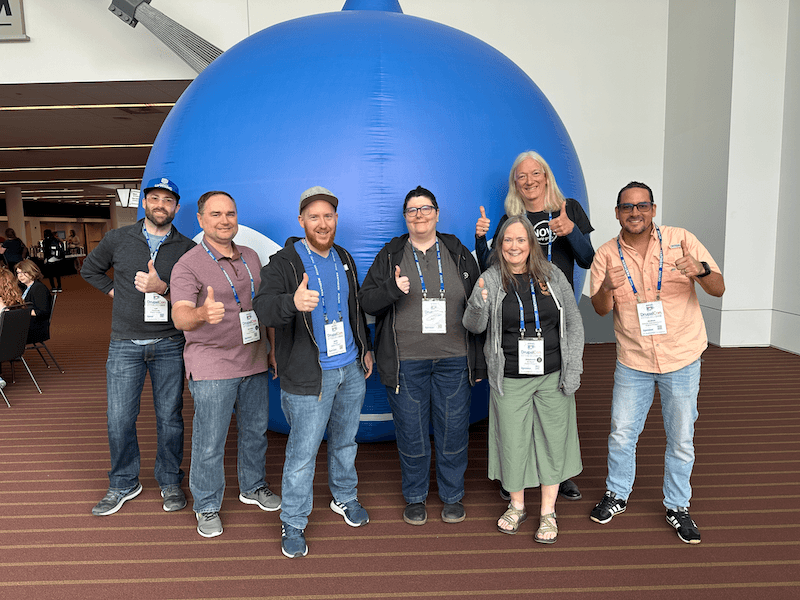It wouldn’t be a new year without another agency putting together industry trend predictions. Today, I want to talk through 3 technology trends in the website technology space to watch in 2023. These are predictions and opinions based on what we are seeing in the market, and as always I encourage you to dive deeper for yourself and come up with your own conclusions.
Trend #1: Increased focus on data centralization
We are at a very interesting convergence of innovation and regulation. Lawmakers in the US and around the world are cracking down on the use of user data and pushing to hold organizations to higher standards. These regulations have momentum and are rapidly changing the landscape on how we do business. Organizations paying attention are already driving to better understand their data and planning to centralize it so that it can be better managed.
While this centralization of data is a daunting task, the results for organizations that embrace it are going to be tremendous. The ability to leverage first party data to better understand, engage and communicate with your customers is going to enable higher brand trust and engagement. Organizations who are continuing down the path of the status quo are going to be in for a rude awakening as the market upends business as usual.
Trend #2: Increased adoption of headless and decoupled architectures
Driven by the innovations in front-end Javascript technologies and the increased focus on data centralization, organizations are going to continue to embrace headless/decoupled architectures. There are many benefits to a decoupled architecture including flexibility, scalability and performance which lead to improved SEO and User Engagement for marketing teams.
For SEO
Google sets the bar on search rankings and continues to elevate site speed and user experience in its rankings. Sites that take advantage of these newer more advanced technologies will continue to be rewarded as priority continues to increase in these areas.
For User Engagement
Consumers expectations continue to increase. The more social media adoption expands the more users expect a native app like experience. Using traditional CMS technologies this becomes much more challenging than newer JavaScript based frameworks.
Trend #3: An increased rise in multisite website platforms and master design systems
Taking a look at the uncertainty in the global landscape combined with the increased regulation around user information around the world it makes sense for organizations to take back more control of their web and marketing platforms. An increased need to harness first part data combined with regulations about how organizations can use that data will drive an renewed need to build trust and deliver a high quality brand experience across all channels.
Larger organizations with web properties and brand assets spread across teams, departments, and channels will see an increased need to ensure a consistent brand experience. A multisite website platform is a type of website platform that allows multiple websites to be hosted and managed from a single installation or instance of the platform. With a multisite platform, a single set of tools and resources can be used to manage multiple websites, which can save time and money compared to managing each website individually.
An increased demand for master design systems will accompany the multisite platforms and become even more important as organizations continue to adopt decoupled architectures. By centralizing design components in a master design system using tools like Storybook, organizations can ensure consistency and promote reuse of design elements across multiple products. Similar to multisite website platforms, master design systems leveraging tools like storybook provide several additional benefits:
- Documentation and collaboration: Storybook provides a browser-based UI that makes it easy to document and demonstrate the design components in a master design system, improving collaboration between designers, developers, and stakeholders.
- Speed and efficiency: By using a master design system in Storybook, organizations can speed up development and reduce the time and effort required to create new digital products, as components can be quickly and easily reused.
- Maintenance and evolution: A master design system in Storybook can simplify maintenance and evolution of the design system over time, as it provides a centralized and easily accessible platform for updates and changes.
The world of content management is constantly evolving and 2023 is shaping up to be an exciting year. From the continued growth of headless CMS architectures to an increased focus on data centralization and brand experience, it is clear that organizations are looking for ways to improve the user experience and build trust. It is important to stay up to date on these trends and consider how they may impact your own content management strategies. By doing so, you can stay ahead of the game and position yourself for success in the coming year.


